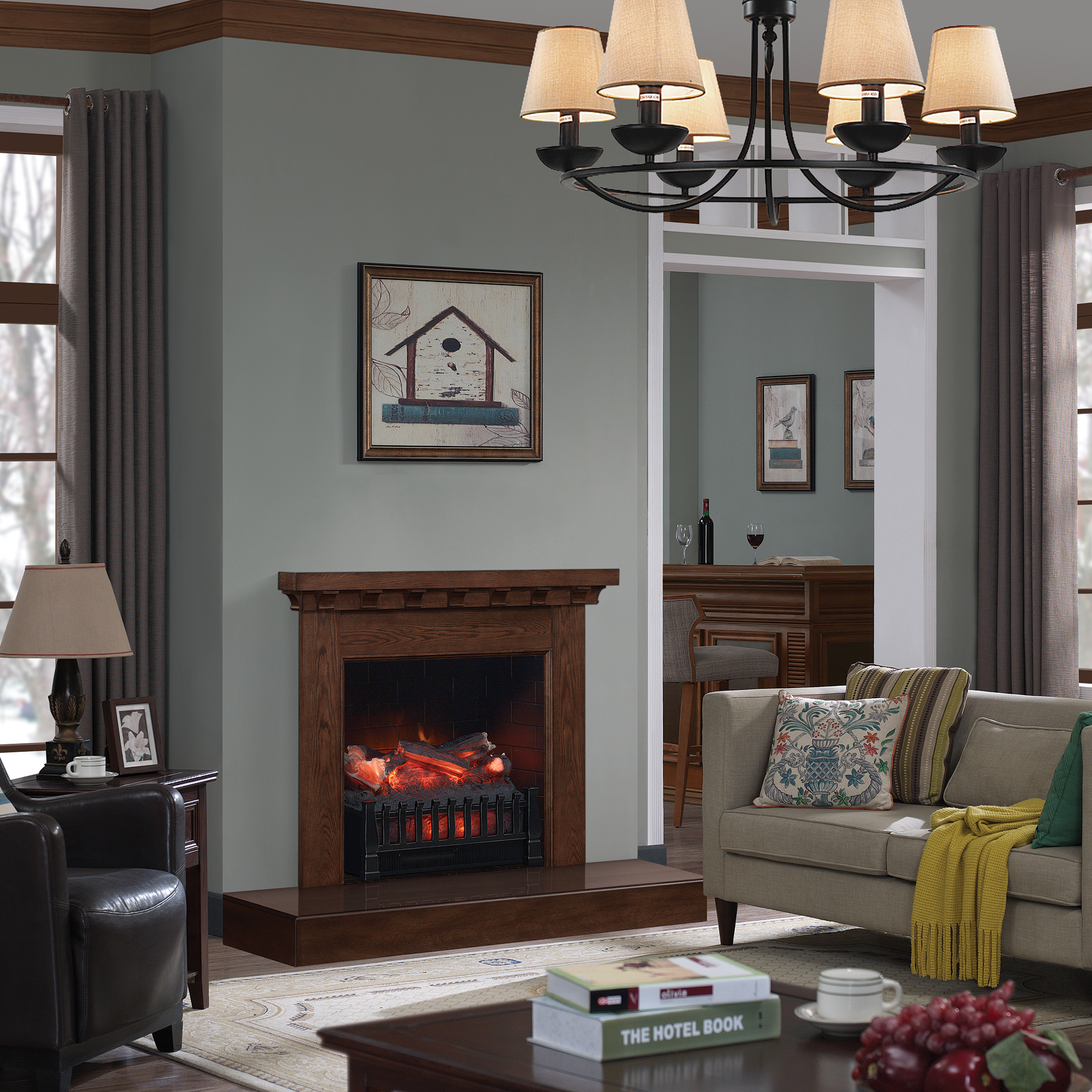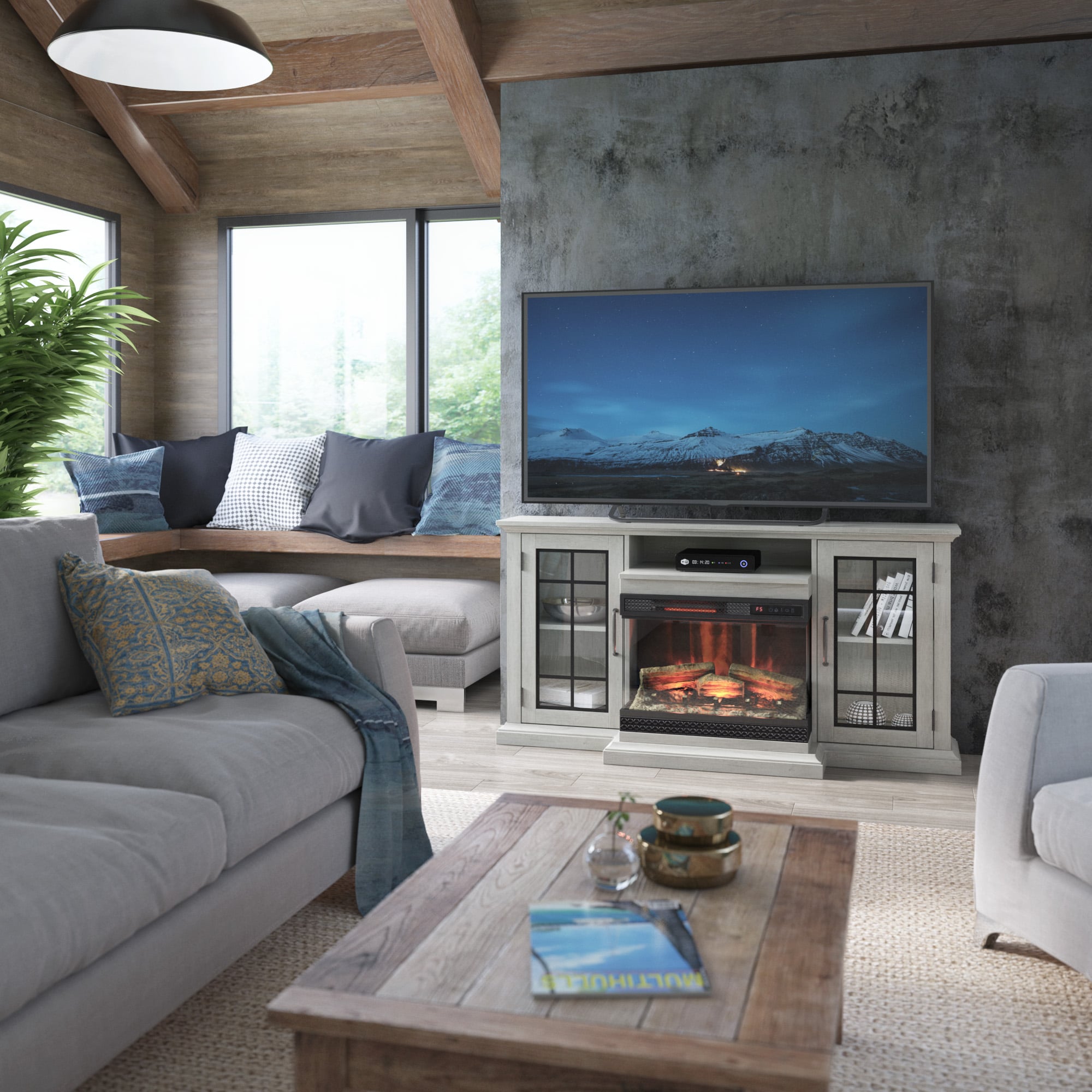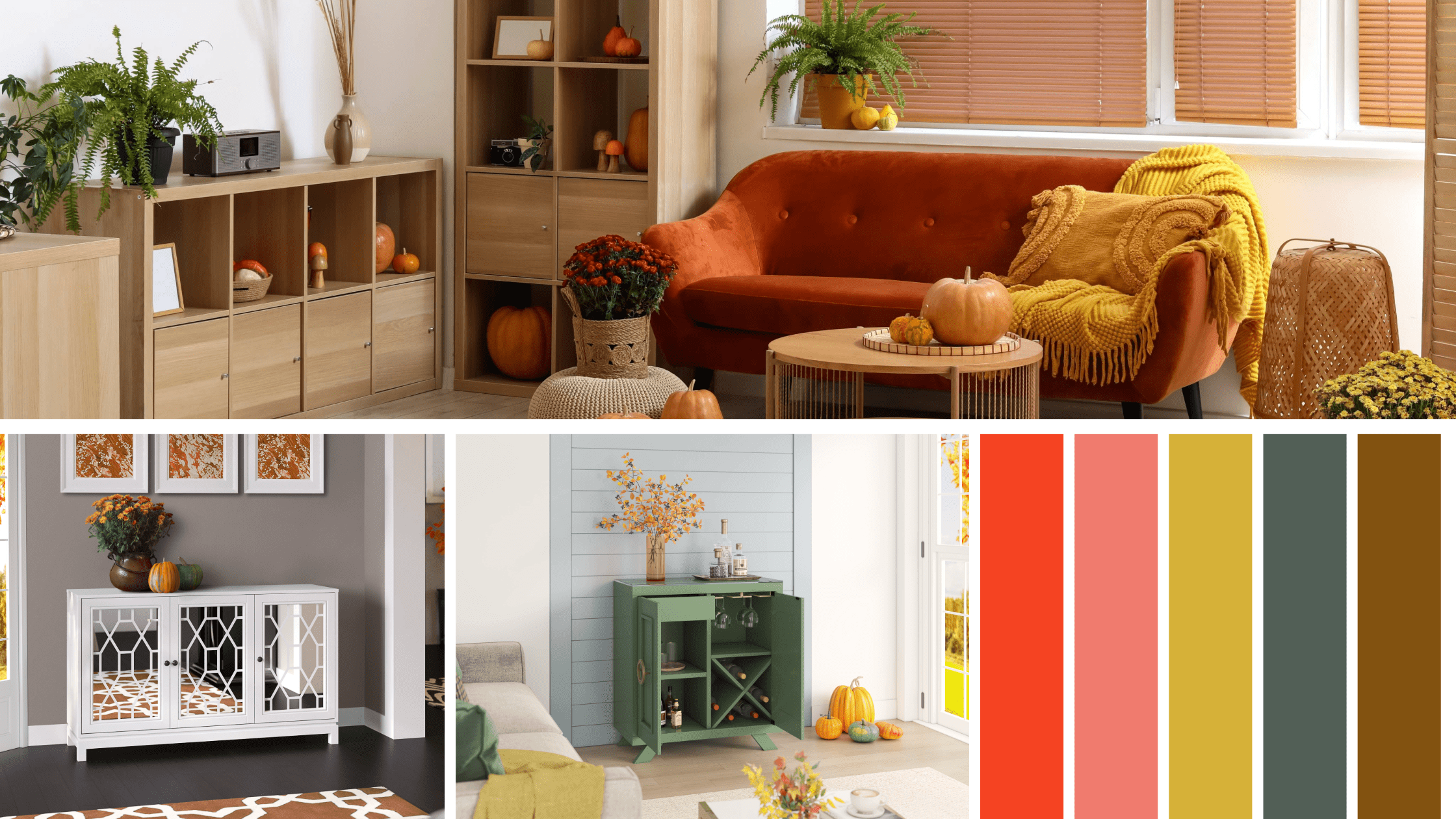
Get Inspired
How to Use a Color Wheel to Upgrade Your Living Room
Did you know the color wheel was discovered by Sir Isaac Newton? Yes! His work with prisms inspired his idea to organize the spectrum of light into the wheel that we use today. Designers everywhere utilize the underlying theory of the color wheel to create appealing palettes (and after reading this guide, you can too!)
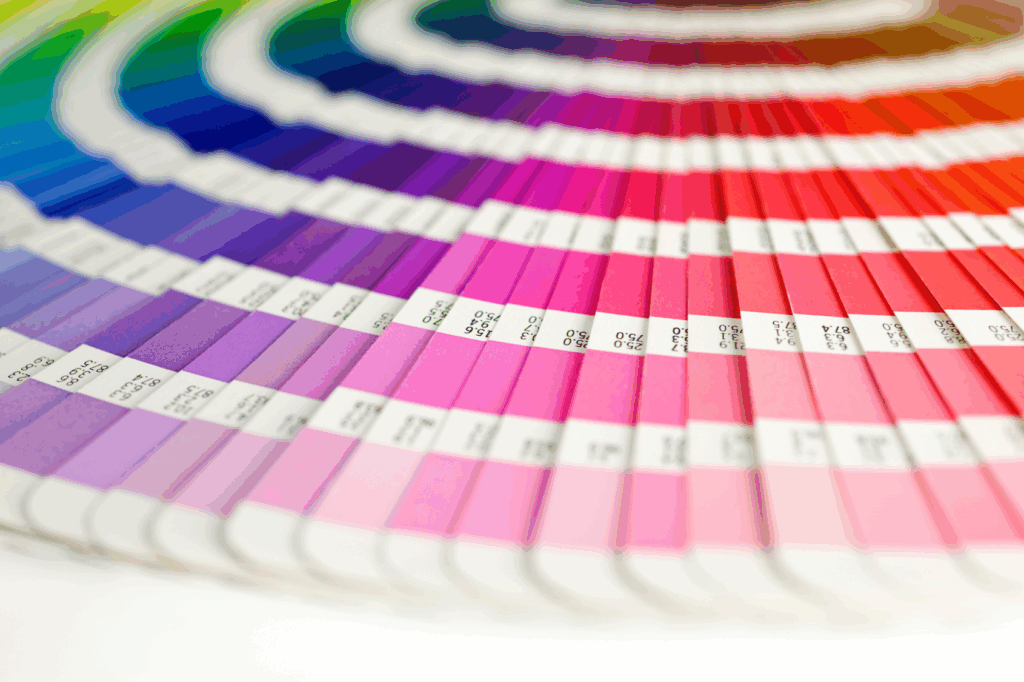
Color Wheel Basics
For those who need a quick tutorial, the basic 12-color wheel is divided into three categories: primary colors, secondary colors, and tertiary colors. The primary colors are red, yellow and blue. Created by mixing primary colors, secondary colors include orange, green and violet. And finally, tertiary colors are a combination of secondary and primary colors. Red-orange, yellow-orange, yellow-green, blue-green, blue-purple, and red-purple are the basic names of the tertiary colors.

More complex color wheels may also show the value of each color hue. Values effect colors by mixing in white, gray, or black. Adding white creates a tint, black produces a shade, and mixing a color with gray results in a tone.
Color Schemes for Your Living Room
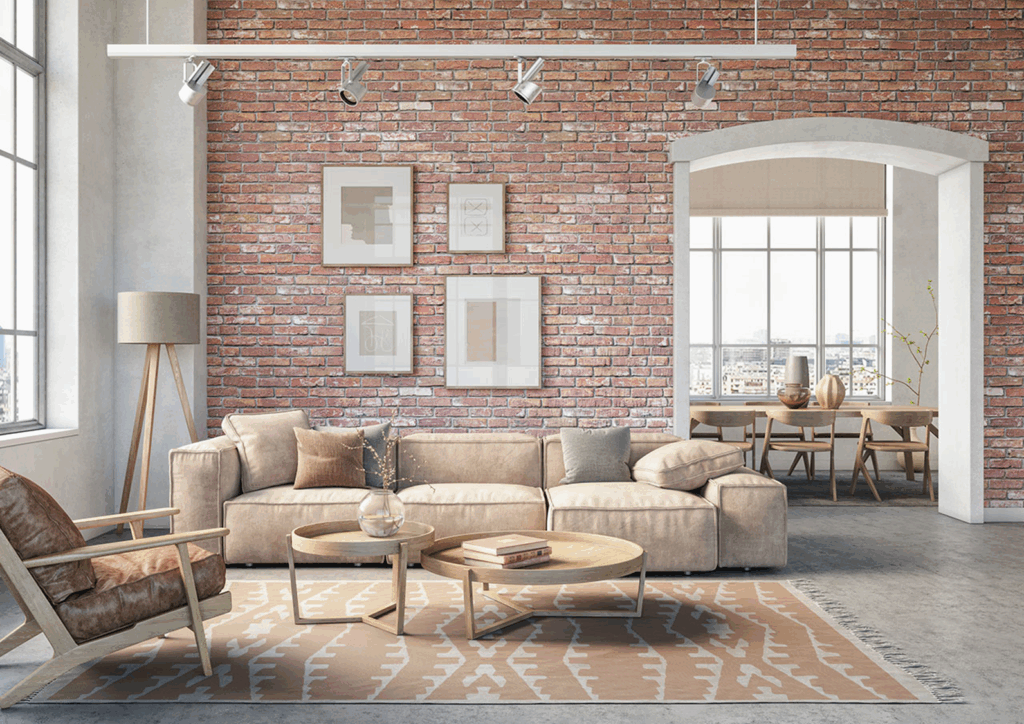
Monochromatic Color Schemes
When you use different values of the same hue in your living room, you’re utilizing a monochromatic color scheme. This particular color scheme is easy to implement, making it a preferred choice of first-time home decorators. Worried about monotony? Mix things up with textured accents (corduroy pillows, leather coasters) or interesting shapes (nesting coffee tables, vintage mirrors, or geometric art on the walls).
One way to add texture and depth to your monochromatic color vision is an electric fireplace wall mantel. The 3D flames and glowing logs look incredibly realistic without any effort on your part. No wood to chop or dirt to clean here; all you need is a nearby outlet.
Analogous Colors in Your Living Room

For those who want to be more adventurous, the analogous color scheme is the way to go. In this color scheme, you’ll choose two to three colors that are next to each other on the color wheel. For cooler tones, try a mix of blues and greens and for a warmer look we suggest using reds, oranges, and yellows. To create a cohesive look, use the 60-30-10 rule: 60 percent of one color, 30 percent of a secondary color and 10 percent of an accent color.
A stress-free start can be as simple as incorporating color into your bathroom. Using the white bathroom walls as our 60% color choice, add this charming bathroom vanity shown below. Matching towels and rugs help support the vanity, and then use details like candles, soaps, and framed art as your 10% accent color choice.
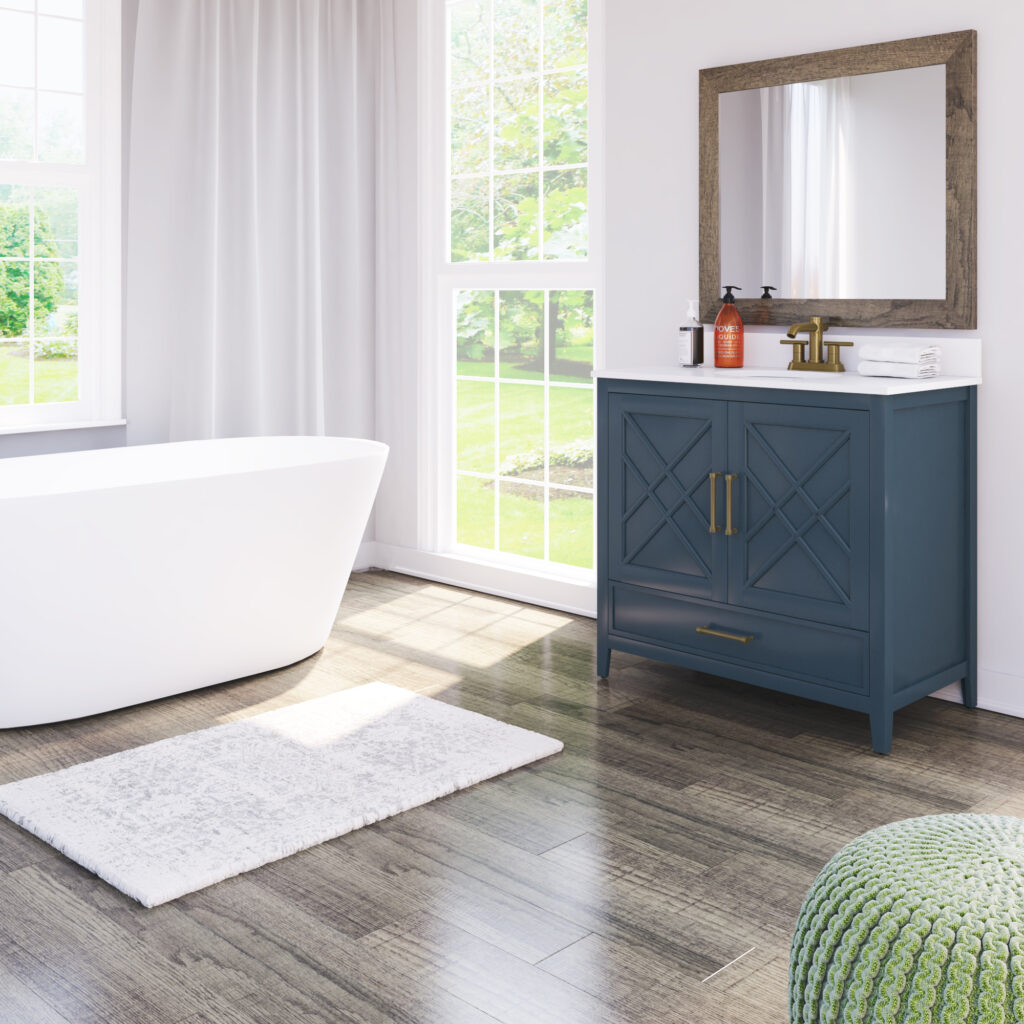
Complementary Color Schemes
Complementary colors sit directly across from one another on the color wheel, like purple and yellow or blue and orange. As you may have guessed, the complementary color scheme uses two complementary colors to create an invigorating space. In most cases, you’ll want these two hues to account for about 80% of the colors in the room. Liven up the look even more by accenting with analogous hues.
Triad Color Schemes for Your Living Room
The most daring of the four color schemes, the triad color scheme is made up of any three colors that form a triangle at the center of the wheel. A simple way to remember it: any three colors, separated by three colors.

Although this color scheme feels contrasting, it’s actually well-balanced. You’re taking the best of both worlds, the analogous and the complementary color scheme. You can choose to use all three colors equally for a bold look, or select a dominant color for a more subdued yet lively appearance in your living room.

Upgrade Your Living Room Furniture
If you’re enjoying learning about color schemes just as much as we are, check out our next article about redecorating your space with advanced color theory!
